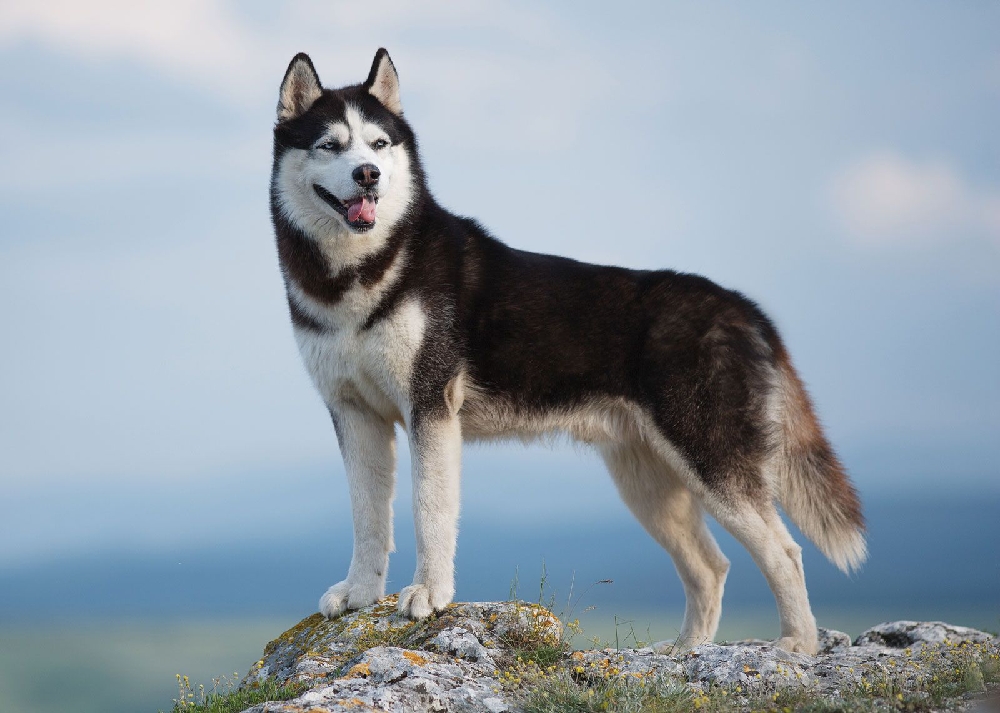


BLUEPRINTS OF DESTINY; THE RARE SIGNATURE OF CANINE PRINTS
Taiwo Emmanuel@emmanueltaiwo863879
1 year ago
Blueprints of Destiny: The Rare Signature of Canine Prints
As we delve into the fascinating world of our canine companions, we discover that dogs are truly one-of-a-kind creatures. From their wagging tails to their snuggly snouts, every dog boasts a unique personality and appearance that sets them apart from the rest. But did you know that dogs possess a unique nose print, just like human fingerprints?
Before I continue, kindly help me like and comment on my entry for a poetry competition. This will go a very long way to help me win it. The link is -
#FF0000;" href="https://nircle.com/post/the-forced-freedom/C3tHH3vUOmK0oYkE" target="_blank">https://nircle.com/post/the-forced-freedom/C3tHH3vUOmK0oYkE
Thank you for clicking, liking and commenting. I really appreciate. Now, let's continue with the matter of the day.
Just like human fingerprints, each dog's nose print is distinct and can be used to identify them. The science behind dog nose prints lies in the unique anatomy of a dog's nose, which is made up of the planum nasale and the alar folds. The planum nasale is covered with small, finger-like projections called papillae, which are rich in blood vessels and nerve endings. As a dog grows and develops, the papillae on their nose grow and change, forming a unique pattern of ridges and creases. This pattern is influenced by a combination of genetic and environmental factors, making each dog's nose print truly one-of-a-kind.
But what can we use dog nose prints for? One of the most significant uses is identification. Just like human fingerprints, dog nose prints can be used to authenticate a dog's identity. This can be particularly useful in reuniting lost dogs with their owners.
In addition to their unique nose prints, dogs also boast an incredible sense of smell. A dog's sense of smell is up to 10,000 times more sensitive than a human's, and they have up to 300 million olfactory receptors in their noses, compared to only 6 million in humans. And did you know that a dog's tongue print is also unique?
The wonders of dog tongue prints! Just like human fingerprints and dog nose prints, each dog's tongue print is unique and can be used to identify them. The unique patterns on a dog's tongue are formed by the arrangement of small bumps and ridges on the surface of the tongue, known as papillae.
But what makes dog tongue prints truly fascinating is the role they play in a dog's sense of taste and smell. Dogs use their tongues to explore their environment, gathering information about texture, temperature, and chemical composition. The papillae on their tongues contain taste buds that help them detect sweet, sour, salty, and bitter flavors.
In addition to their sense of taste, dog tongues also play a crucial role in their sense of smell. Dogs use their tongues to lick and gather scent molecules from surfaces, which are then processed by the olfactory receptors in their noses. This incredible sense of smell allows dogs to detect a wide range of scents, from food to pheromones.
But did you know that dog tongue prints can also reveal information about a dog's health? Just like human tongue analysis, dog tongue prints can be used to diagnose certain health conditions, such as nutritional deficiencies or gastrointestinal issues.
Not only are these animals loyal, they are also very fascinating and special as I have highlighted above.
Till we get to the promised land, I shall be waiting for when you will pass me a glass of water and thank God for the gift of grace for the race.
#MyBlogPost
#BlogPost
#NircleBlog
#Nircle
#HelloNircle
#Animals
#Discovery
#NircleForum
#Forum
#NircleForum

